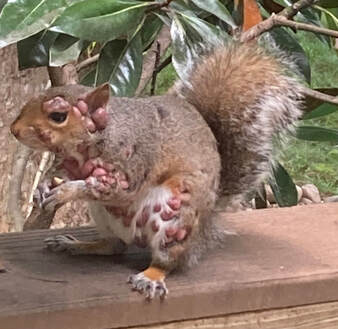
Up until this point there has not been an effective treatment for this condition and the recommendation has been to have the squirrels trapped and euthanized.
This condition is similar to one affecting humans in the form of Neurofibromatosis.
About 6 months ago I was thinking and praying about the possibility of coming up with some form of treatment for this condition. I asked God to point me in the direction of something that might effectively treat this. In my research I tried combining a powerful Immune System Modulator along with a powerful anti-viral substance. and offering it in the form of a FREE clinical trial. All I asked was for people trialing this treatment to send me before and after pictures of their results.
One of my customers asked me if I thought about adding another powerful anti-viral product to the protocol in the form of our treatment for mange in squirrels. She already had the drops on hand for treating Mange, so I told her to go ahead and add it to the treatment, but that I cautioned her to only give the Mange treatment once per week while giving the other treatment daily.
The squirrel pictured above is the squirrel she was treating. As you can see, there is extensive facial, leg, and abdominal lesions! Below, is the same squirrel after a month of treatment.
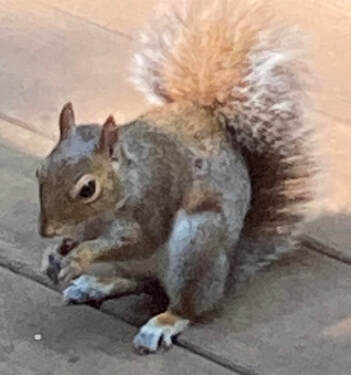
This treatment has saved this squirrel from being euthanized and has dramatically improved its quality of life!
We are very excited about these results and have other similar results from participants in this Clinical trial
Below I'm going to post another set of pictures from a customer who has a Black Squirrel who had massive involvement of the face. As you can see from the first picture, the left eye was completely covered with Pox lesions, while the right eye was rapidly being affected which would have rendered this squirrel completely blind!
As you can see, there is dramatic improvement in the face appearance after 4 weeks of treatment! All that is left is for hair to regrow to cover the raw areas where the Pox were attached!
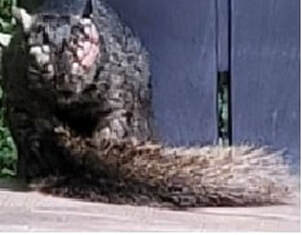
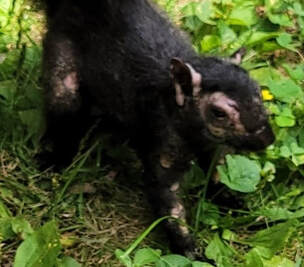
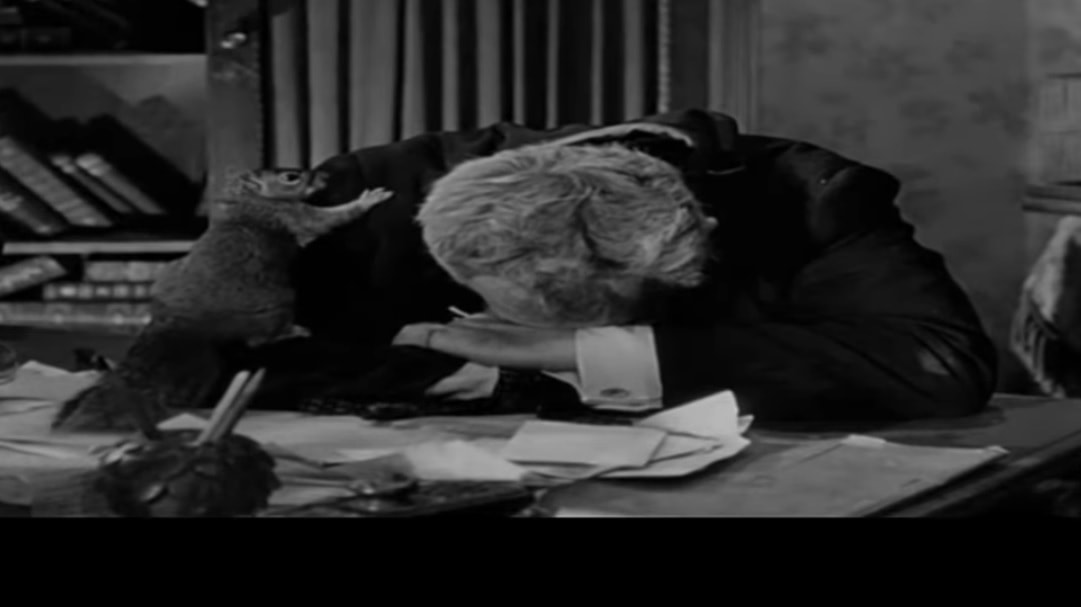
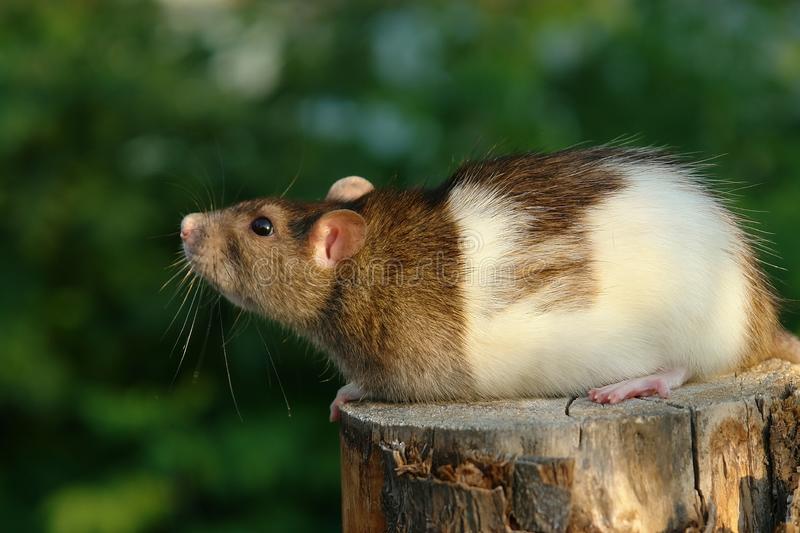
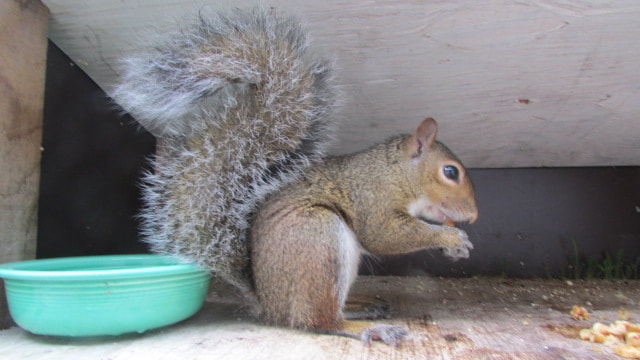
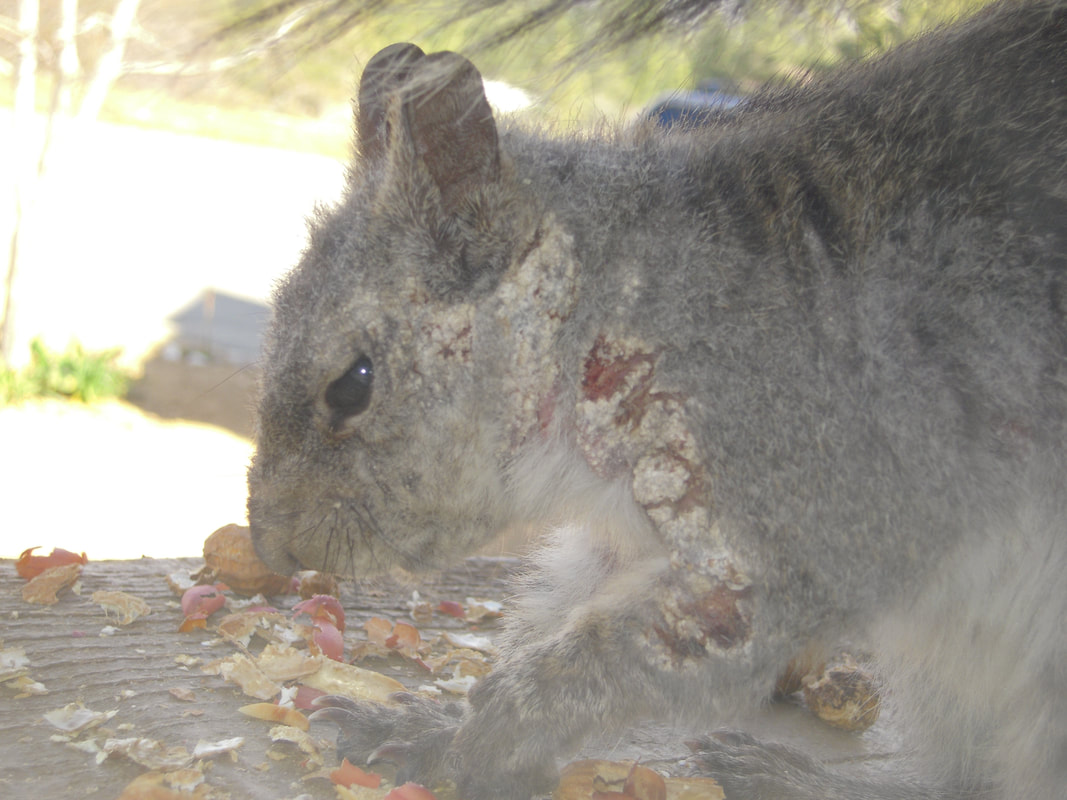
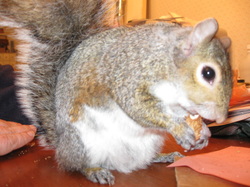
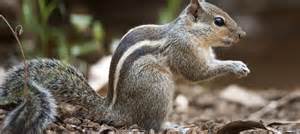
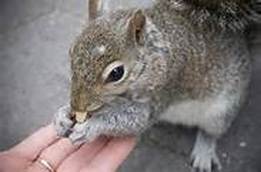
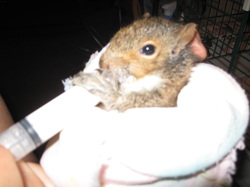

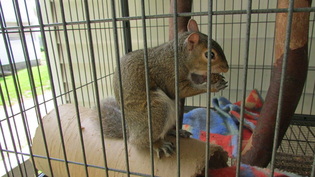
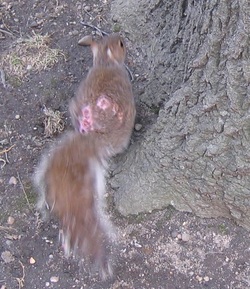
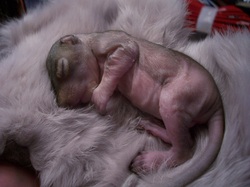
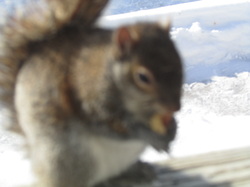
 RSS Feed
RSS Feed
